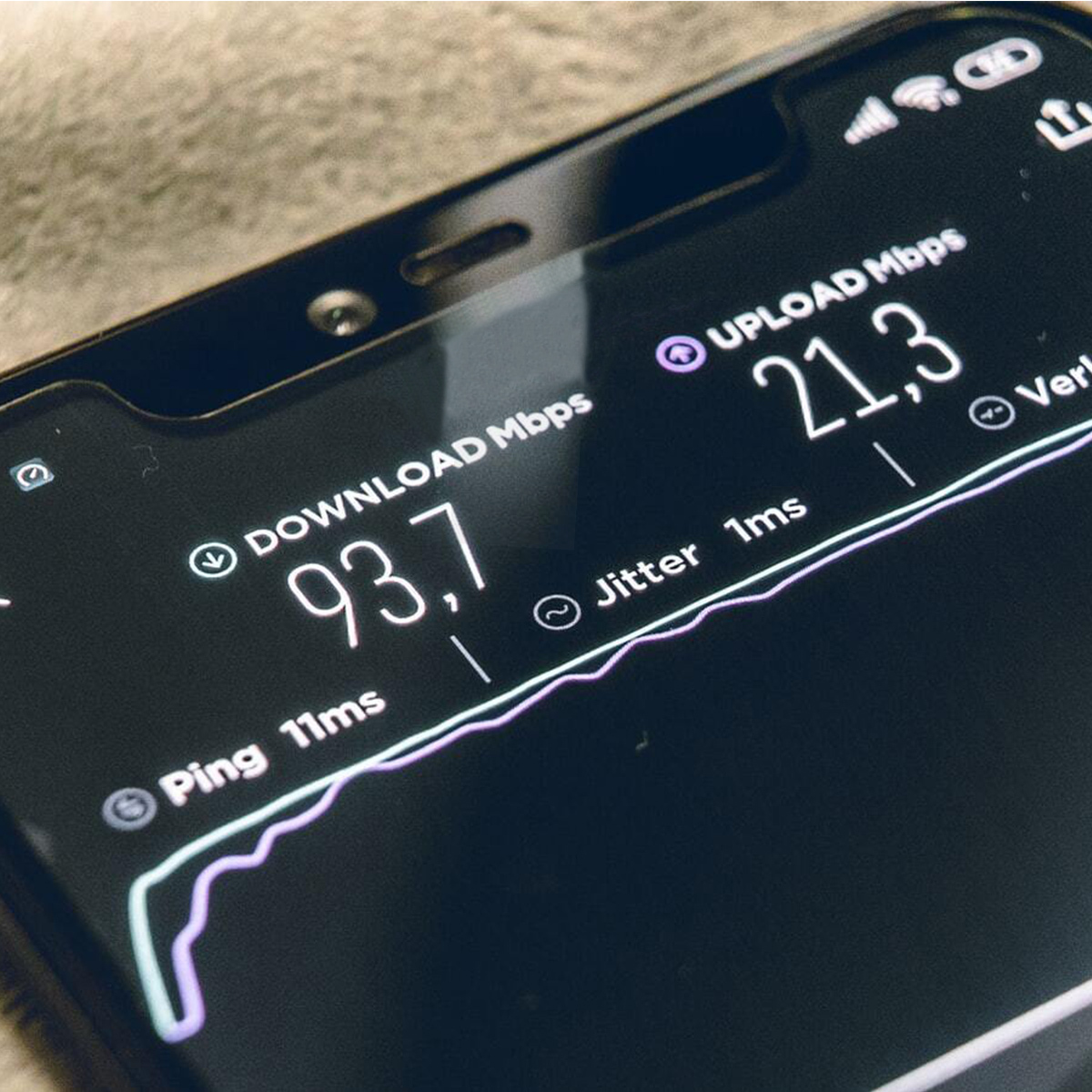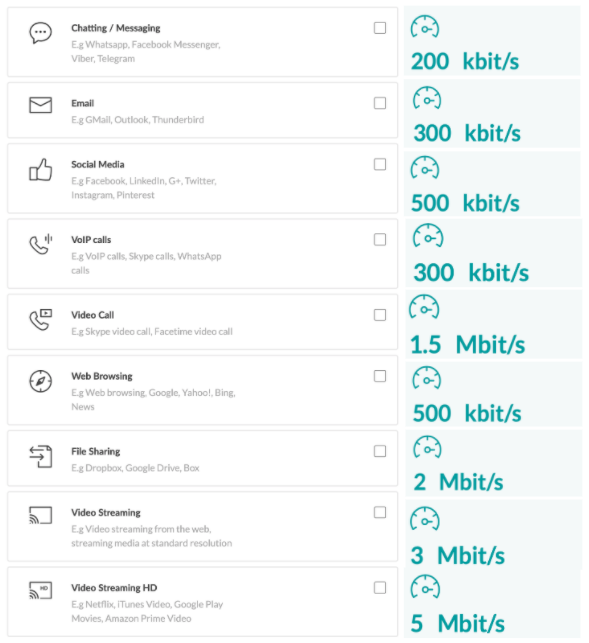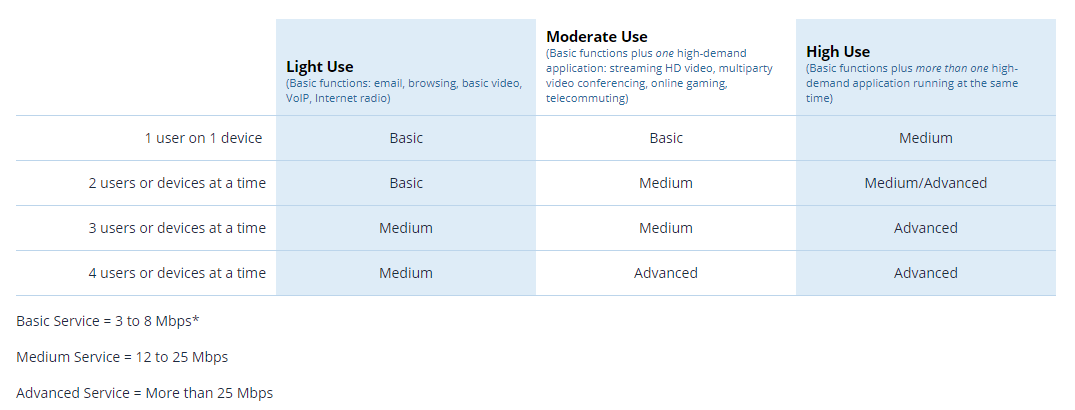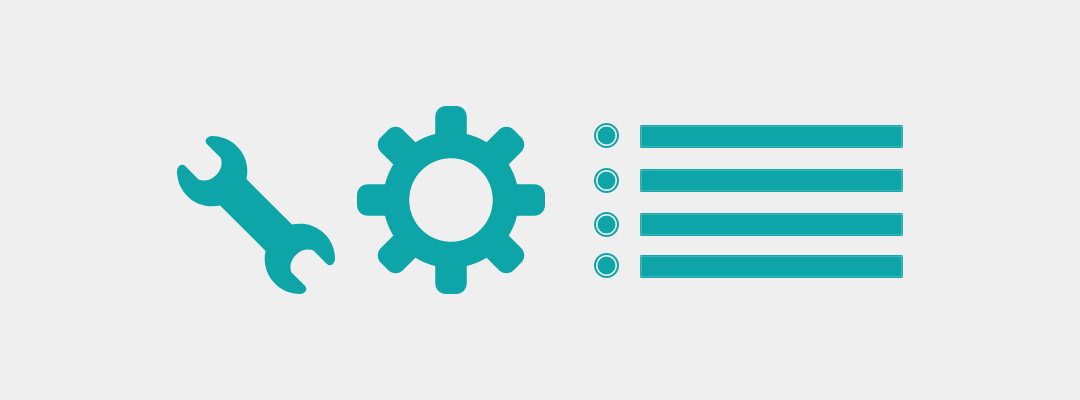Starbucks plans to introduce a new tool aimed at preventing customers from viewing pornography or other explicit content in its stores. This solution will begin to be introduced to the company’s US locations in 2019.
Watching pornographic content has long been banned at Starbucks locations: indeed, viewing pornography in a Starbucks store using its free public Wi-Fi network is already a violation of the company’s internet policy. Nevertheless, until now the chain has not had content blockers on its Wi-Fi service.
“We have identified a solution to prevent this content from being viewed within our stores and we will begin introducing it to our U.S. locations in 2019”, a company representative stated.
This shift has come thanks to pressure from Enough is Enough, a nonprofit, internet-safety advocacy group which created a petition calling for Starbucks to filter pornography. The petition has been signed by more than 30,000 people.
“Apparently, Starbucks cares more about providing paper straws to protect the environment than protecting kids and patrons on its public WiFi!” says the petition. “Starbucks broke its promise to filter pornography and child sex abuse images, despite its public announcement it would voluntarily provide safe WiFi in its restaurants nationwide…an announcement made more than 2 and-a-half years ago!”
Indeed, the company promised to start filtering pornographic content in 2016, when McDonald’s, which was one of the chains being pressured by Enough is Enough since 2014 to put up content filters on their public WiFi networks, started blocking pornography. This put pressure on Starbucks to do the same, but the company never followed through on that promise.
Donna Rice Hughes, CEO of Enough is Enough. claimed in a statement that Starbucks, by breaking its commitments, was “keeping the doors wide open for convicted sex offenders and others to fly under the radar from law enforcement and use free, public Wi-Fi services to access illegal child porn and hard-core pornography.”
So far, Starbucks has not disclosed technical details about the solution but said the company tested multiple tools, aiming at avoiding accidentally blocking inoffensive websites.
Web content filtering improves public hotspot WiFi security by allowing network administrators to block distasteful and illegal content, to scan and secure hotspots from hacking attacks and viruses and from liabilities due to illegal activities.
Tanaza features a built-in content filtering tool that gives WiFi hotspot providers the opportunity to create a customized list of sites to block or unblock, choosing among a large number of categories. With this tool, WiFi hotspot providers can easily manage the kind of content their users can see when browsing their network. Moreover, the Tanaza content filtering tool works with any WiFi hotspot, as Tanaza is multi-vendor and therefore supports a wide array of access points.
Do you want to discover the Tanaza Content Filtering? Start the 15-day free trial to see how you can effectively protect your Wi-Fi network with our cloud-based content filtering system.












